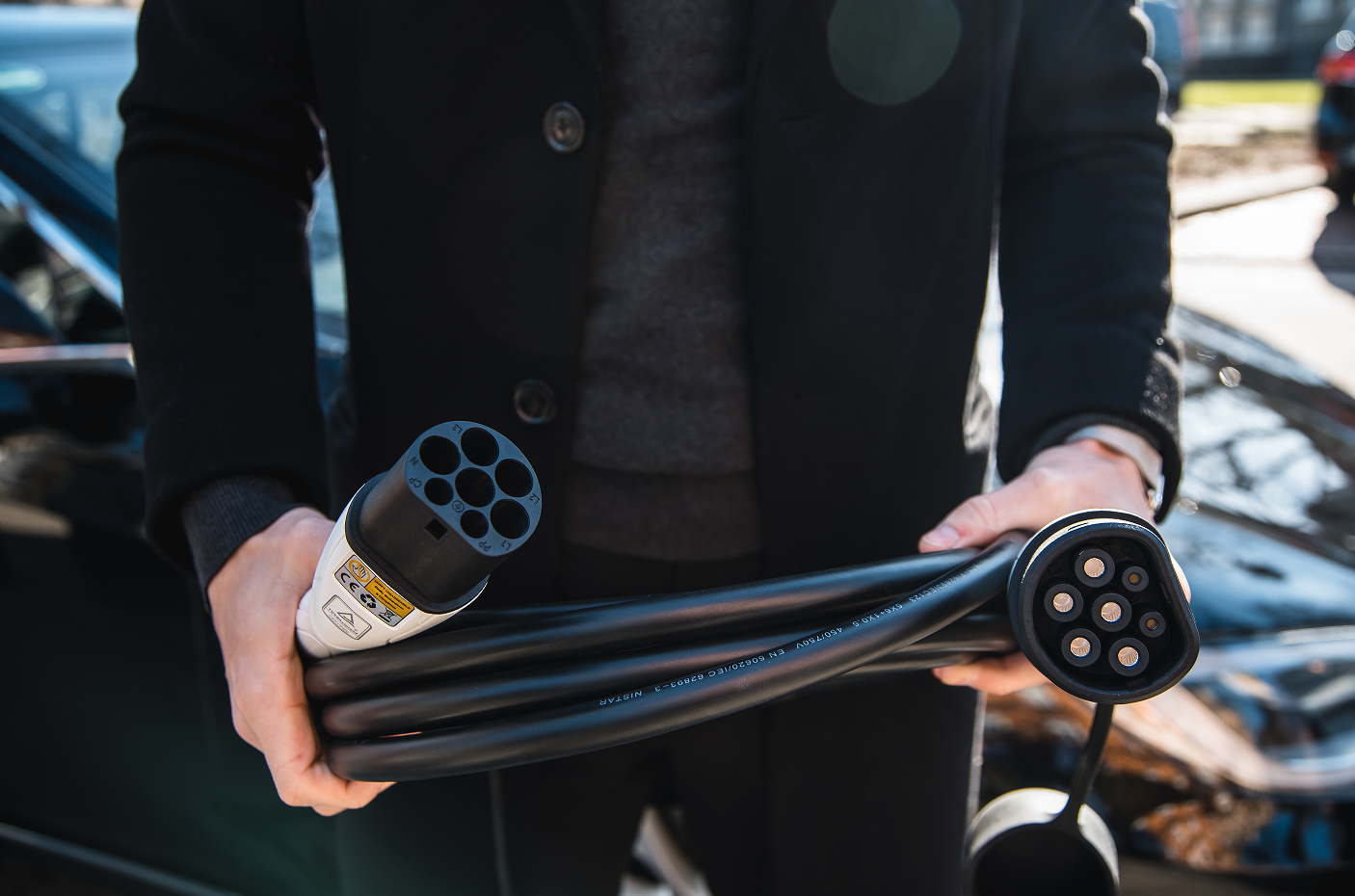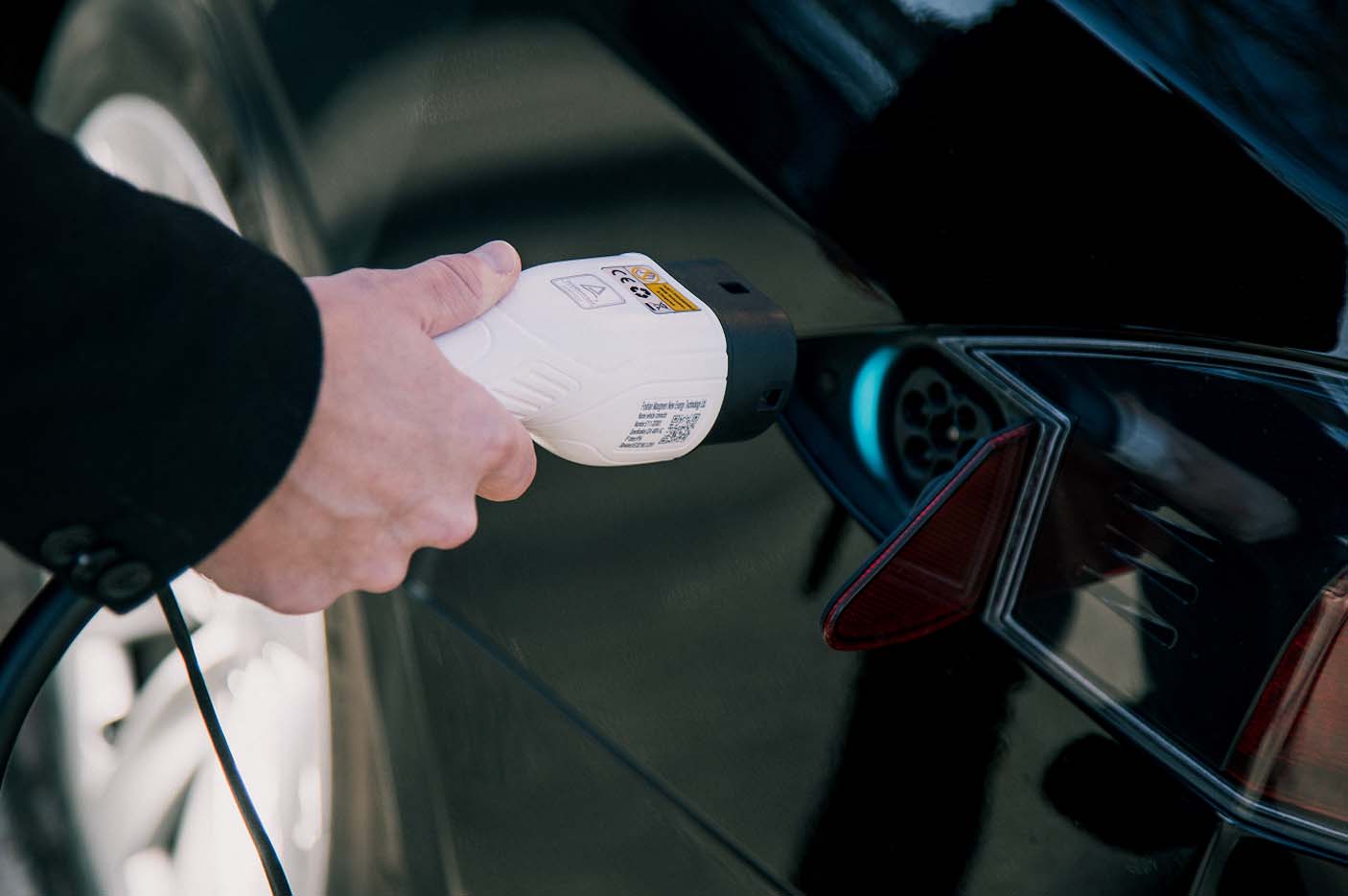Introduction
The automotive landscape is undergoing a revolutionary shift towards electric vehicles (EVs), with consumers embracing cleaner and more sustainable transportation options. As the popularity of EVs soars, the significance of the right charging infrastructure becomes paramount. One key player in this charging ecosystem is the Type 2 to Type 2 EV charging cable. In this article, we'll delve into the intricacies of Type 2 connectors, the pivotal role of Type 2 to Type 2 charging cables, and the myriad benefits they bring to the world of electric mobility.
Understanding Type 2 Connectors:
1. The Evolution of Type 2 Connectors
The evolution of electric vehicle technology has been closely intertwined with advancements in charging infrastructure. Type 2 connectors, also known as Mennekes connectors, have emerged as a crucial component in the charging landscape. Originally developed in the early 2010s, these connectors represent a standardized solution for electric vehicle charging in Europe.
2. Mennekes Connector: A Standard in Europe
The Mennekes connector, colloquially known as the Type 2 connector, has become the de facto standard for electric vehicles across Europe. Its robust design and dual functionality for both AC and DC charging make it a versatile and widely adopted solution.
3. Dual Functionality: AC and DC Charging
What sets the Mennekes connector apart is its ability to handle both AC and DC charging. While AC charging is more common for everyday use, the versatility to accommodate DC charging allows for faster recharging times, especially in high-power charging stations.
The Role of Type 2 to Type 2 Charging Cables
1. Bridging the Gap between EVs and Charging Stations
Type 2 to Type 2 EV charging cables play a pivotal role in bridging the gap between electric vehicles and the charging infrastructure. Acting as the intermediary link, these cables facilitate a seamless connection between the Type 2 charging port on the vehicle and the charging station.
2. Seamless Compatibility in Europe
Europe's commitment to a standardized charging solution has paved the way for seamless compatibility. Type 2 to Type 2 cables are designed to be universally compatible with the prevalent Type 2 connectors found in public charging stations and private charging infrastructure throughout Europe.
3. Reliable Solutions for Public and Private Charging Infrastructure
Whether at public charging stations along highways or private charging setups at home or workplaces, Type 2 to Type 2 cables provide electric vehicle owners with a reliable and efficient means of recharging their vehicles. The standardized design ensures that users can confidently charge their EVs at various locations without compatibility concerns.
Benefits of Type 2 to Type 2 Charging Cables
1. Enhanced Charging Efficiency
One of the significant advantages of opting for Type 2 to Type 2 charging cables is the enhanced charging efficiency they offer. With the ability to handle higher power levels, these cables contribute to faster charging times, reducing the inconvenience for EV owners.
2. Safety Features for Secure Connections
Safety is paramount in electric vehicle charging, and Type 2 connectors are equipped with safety features to ensure secure connections. The locking mechanism on Type 2 connectors enhances stability during the charging process, minimizing the risk of accidental disconnections.
3. Robust Construction and Long-lasting Durability
The durability of Type 2 to Type 2 charging cables is a testament to their robust construction. Designed to withstand the rigors of regular use, these cables are built with high-quality materials that ensure long-lasting durability. This longevity is a key factor in their appeal, providing users with a reliable charging accessory for the lifespan of their electric vehicles.
How to Use Type 2 to Type 2 Charging Cables
1. Step-by-Step Guide for Efficient Charging
Using Type 2 to Type 2 charging cables is a straightforward process. Begin by plugging one end of the cable into the charging station, ensuring a secure connection. On the vehicle side, locate the Type 2 charging port and connect the cable, engaging the locking mechanism if present. This step-by-step guide ensures an efficient and hassle-free charging experience for EV owners.
2. Etiquette at Public Charging Stations
Proper etiquette at public charging stations is essential to create a positive charging experience for all users. EV owners should promptly unplug their vehicles once charging is complete, allowing others to utilize the charging infrastructure efficiently. Being mindful of others fosters a cooperative charging environment in shared spaces.
3. Tips for Secure and Effective Charging Processes
To ensure a secure and effective charging process, EV owners can follow a few tips. Regularly inspecting the Type 2 to Type 2 cable for any signs of wear and tear is crucial. Additionally, staying informed about firmware updates from the vehicle manufacturer can address compatibility issues and provide a smoother charging experience.
Challenges and Solutions
1. Addressing Compatibility Challenges
While Type 2 to Type 2 charging cables streamline the charging process, challenges may arise. Compatibility issues with older charging stations can be encountered, particularly in regions where the transition to Type 2 connectors is ongoing. However, manufacturers are continuously addressing these challenges, releasing firmware updates and designing more robust cables to ensure compatibility across a broad range of charging infrastructure.
2. Overcoming Wear and Tear Issues
Like any electronic accessory, wear and tear are inevitable over time. To address this, manufacturers have focused on enhancing the durability of Type 2 to Type 2 charging cables. Regular inspections by EV owners and proactive maintenance, such as replacing cables at the first signs of wear, contribute to overcoming potential issues related to wear and tear.
3. Continuous Improvements by Manufacturers
The electric vehicle charging landscape is dynamic, and manufacturers are committed to continuous improvements. Ongoing research and development efforts aim to address not only existing challenges but also anticipate future needs. As electric vehicle technology evolves, so too will the capabilities and features of Type 2 to Type 2 charging cables.
Future Developments in EV Charging
1. Advancements in Type 2 Connectors and Cables
The future of electric vehicle charging holds promising advancements in Type 2 connectors and cables. Manufacturers are exploring ways to enhance charging speeds, increase compatibility with a broader range of electric vehicles, and introduce innovative features to elevate the overall charging experience. As technology progresses, EV owners can look forward to even more efficient and convenient charging solutions.
2. Anticipating Faster Charging Capabilities and Innovations
Faster charging capabilities are on the horizon, driven by advancements in battery technology and charging infrastructure. Anticipated innovations include higher power levels, allowing for quicker recharge times, and smart charging features that optimize charging schedules based on grid demand.



